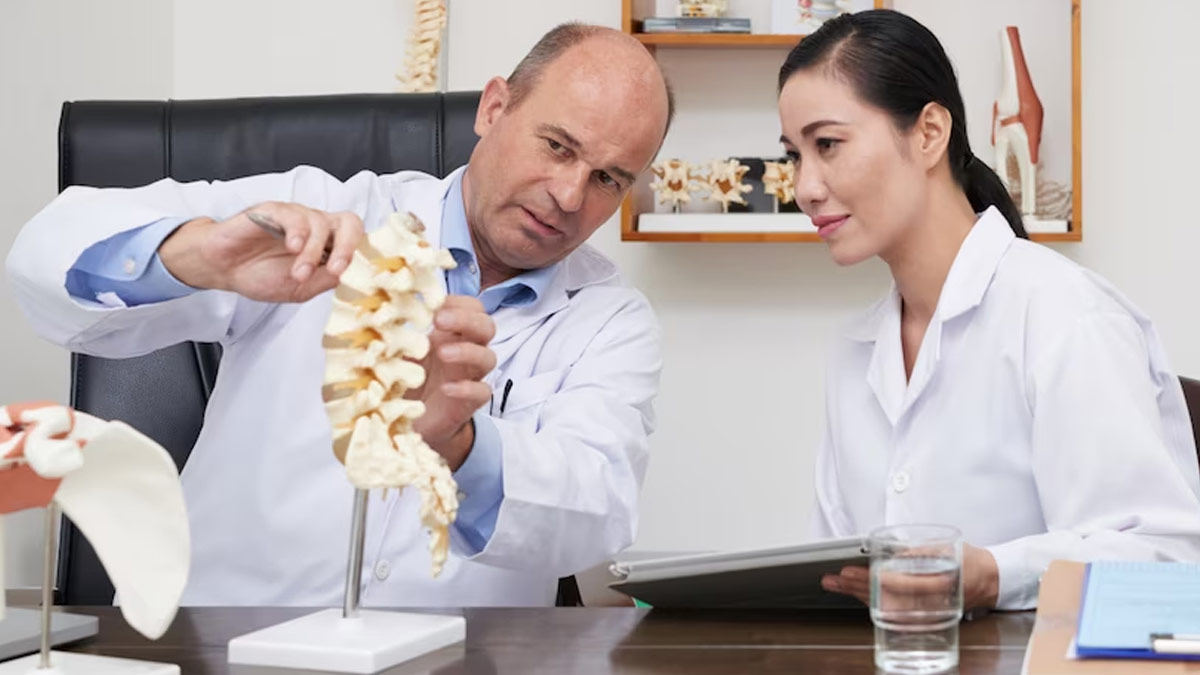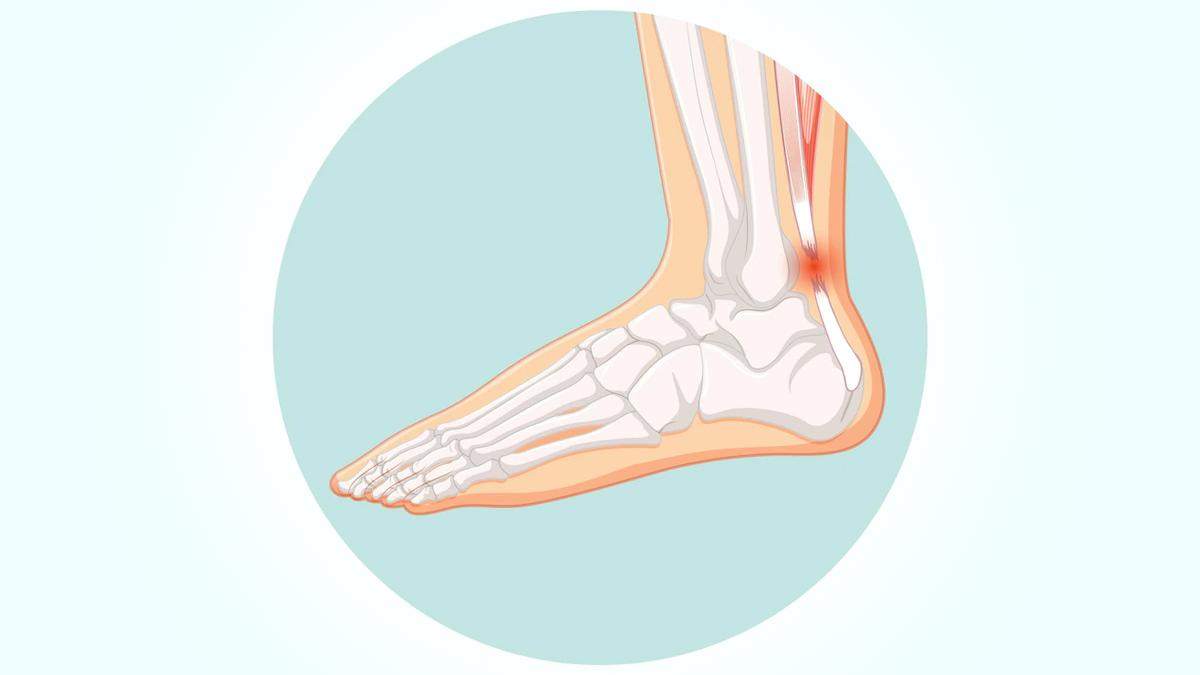
Limb-girdle muscular dystrophy (LGMD) is a group of rare, inherited conditions that cause progressive muscle weakness and wasting. This weakness primarily affects the muscles around the shoulder and pelvic girdles, which are the groups of muscles that connect the arms and legs to the torso.
“LGMD encompasses a diverse set of muscle disorders, with over 30 identified subtypes, each caused by mutations in different genes. These mutations lead to the progressive weakening of muscles in the shoulders, upper arms, pelvis, and thighs, causing mobility issues and decreased quality of life,” said Dr Pradeep Mahajan, Regenerative Medicine Researcher & Founder of StemRx BioScience Solutions India.
What Are The Causes?
LGMD is caused by mutations in over 30 different genes. These genes provide instructions for making proteins that are essential for muscle function. Mutations in these genes can lead to the production of abnormal proteins or a lack of protein production, which can damage muscle cells and impair their function.
Also read: Rotationplasty: A Ray of Hope For Kids With Lower Limb Bone Cancers
Classification
LGMD is classified into several different subtypes based on the specific gene that is mutated. The most common subtypes include:
- LGMD1: This subtype is caused by mutations in the calpain 3 gene (CAPN3). It is the most common form of LGMD and usually begins in childhood or adolescence.
- LGMD2: This subtype is caused by mutations in the dysferlin gene (DYSF). It typically starts in late adolescence or early adulthood.
- LGMD3: This subtype is caused by mutations in the sarcoglycan genes (SGCA, SGCB, SGCG, SGCD). It can begin at any age, from childhood to adulthood.
- LGMD4: This subtype is caused by mutations in the fukutin-related protein gene (FKRP). It is characterised by early onset and rapid progression.

Symptoms
The symptoms of LGMD vary depending on the specific subtype and the individual. However, some common symptoms include:
- Muscle weakness and wasting: This primarily affects the muscles around the shoulders, hips, thighs, and upper arms.
- Difficult to walk: This may include difficulty climbing stairs, getting up from a chair, or running.
- Fatigue: People with LGMD may experience fatigue easily, even after engaging in minimal activity.
- Gait abnormalities: This may include a waddling gait, walking on the balls of the feet, or difficulty lifting the feet off the ground.
- Joint contractures: This is a condition where joints become stiff and difficult to move.
- Respiratory problems: This is a potential complication of LGMD, particularly in later stages of the disease.
Diagnosis Of LGMD
According to the National Institute of Neurological Disorders and Stroke, LGMD is diagnosed based on a combination of medical history, physical examination, and genetic testing. Genetic testing is the only way to definitively diagnose LGMD.
Also read: Loss Of Sensitivity In Limbs? Here Are Symptoms And Complications of Numbness You Should Know
Treatment
There is no cure for LGMD, but there are treatments available to help manage symptoms and improve quality of life. These treatments may include:
- Physical therapy: This can help to maintain muscle strength and flexibility, prevent joint contractures, and improve functional abilities.
- Occupational therapy: This can help people with LGMD learn new ways to perform everyday activities.
- Assistive devices: These devices, such as canes, walkers, and wheelchairs, can help people with LGMD maintain their independence.
- Medications: Medications may be prescribed to manage pain, fatigue, and other symptoms.
- Clinical trials: Several clinical trials are underway to develop new treatments for LGMD.
Diagnosis
The prognosis for LGMD varies depending on the specific subtype and the individual. Some people with LGMD may experience slow disease progression and have a relatively normal lifespan, while others may experience more rapid progression and have a significantly shortened lifespan. Early diagnosis and appropriate management can help to slow the progression of the disease and improve quality of life.
Also watch this video
How we keep this article up to date:
We work with experts and keep a close eye on the latest in health and wellness. Whenever there is a new research or helpful information, we update our articles with accurate and useful advice.
Current Version